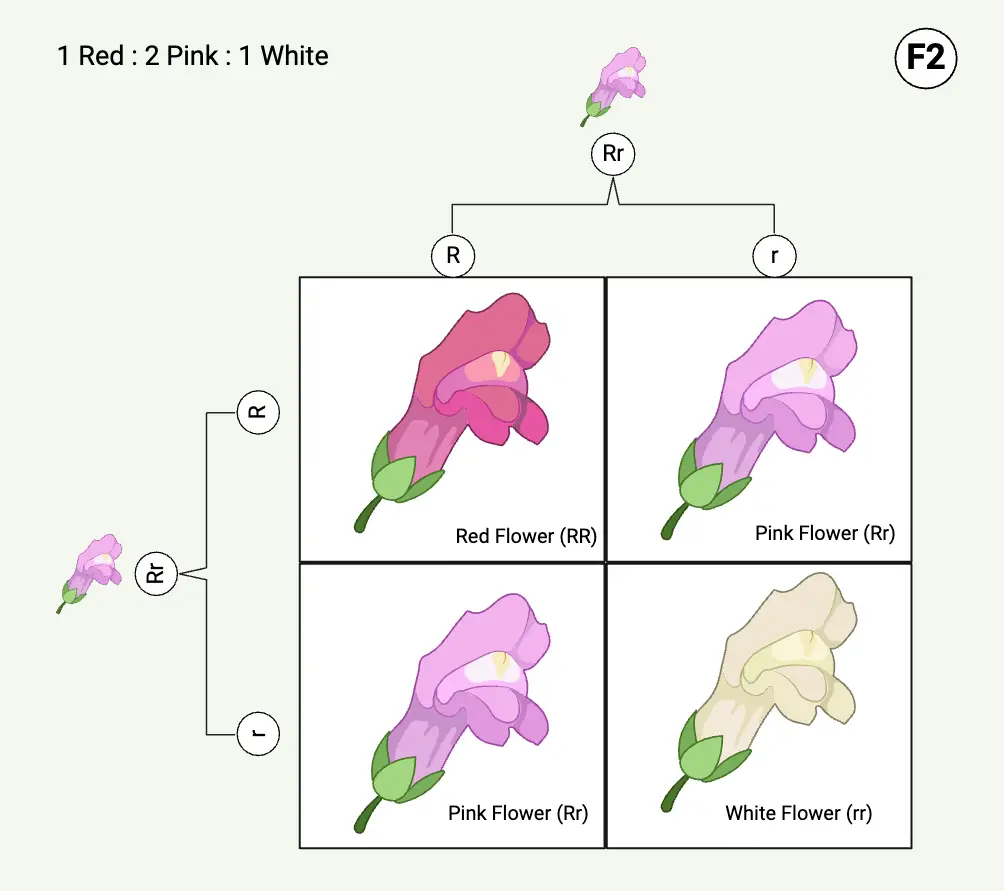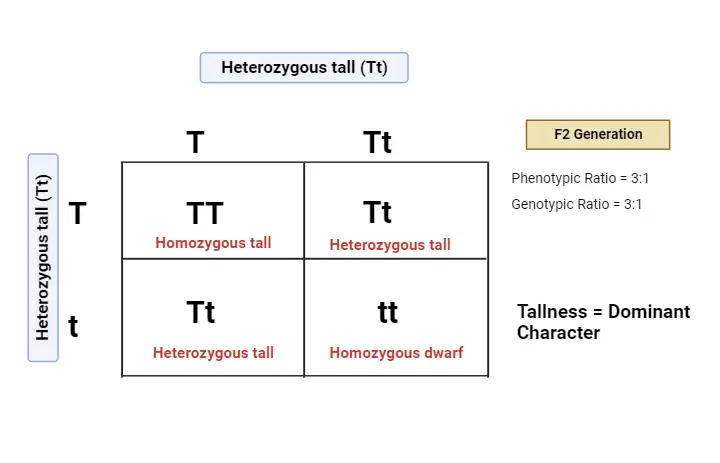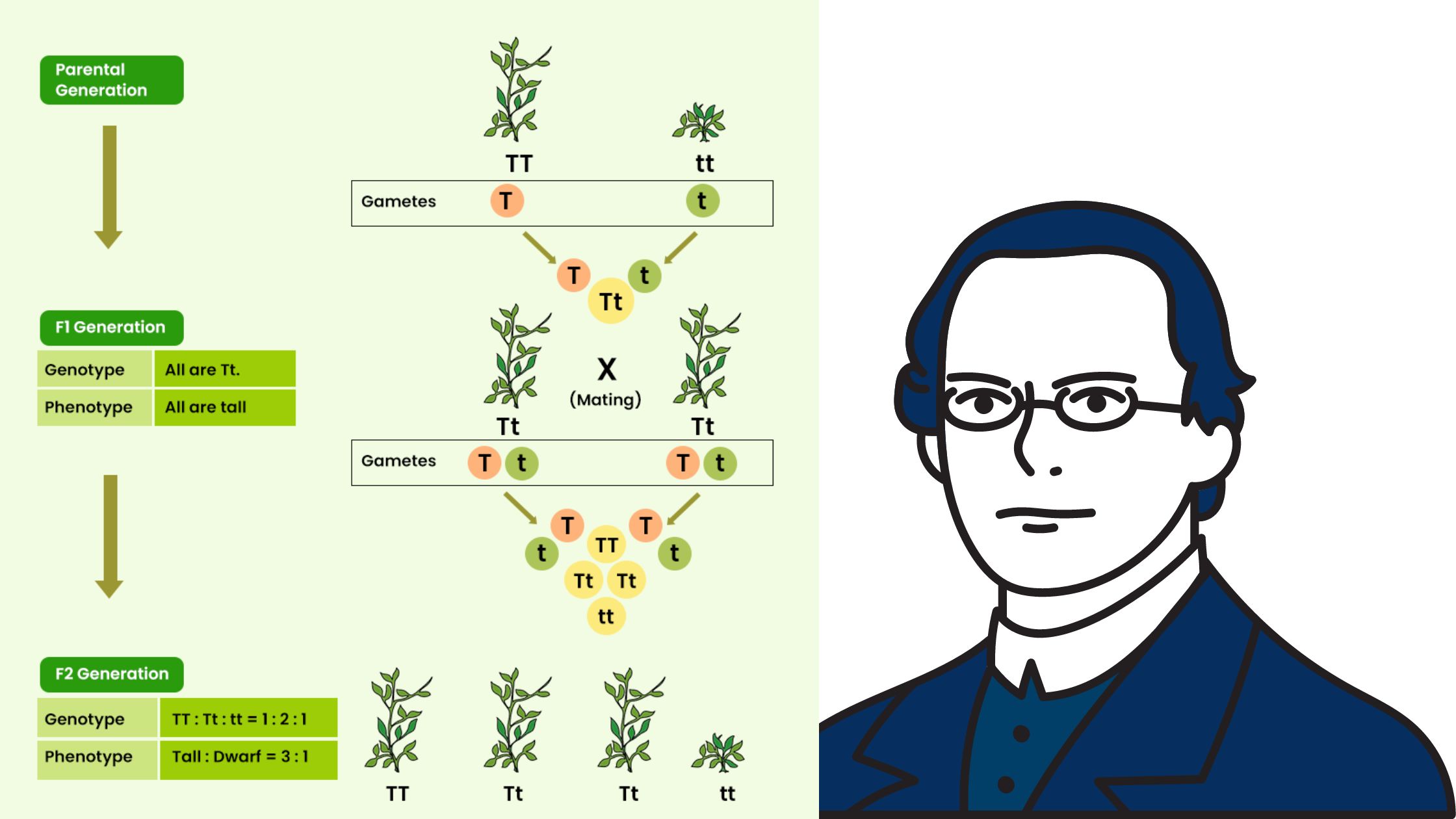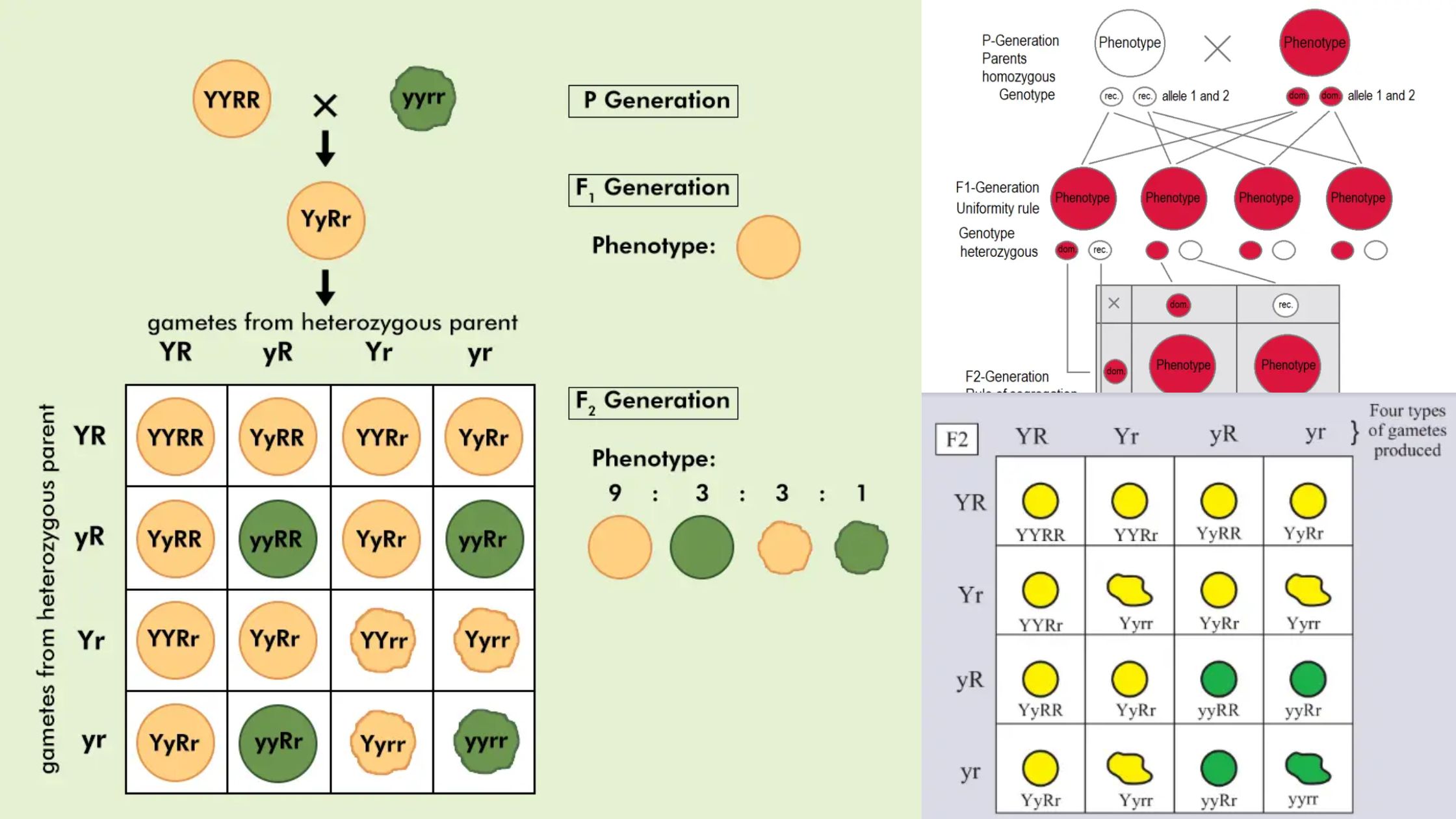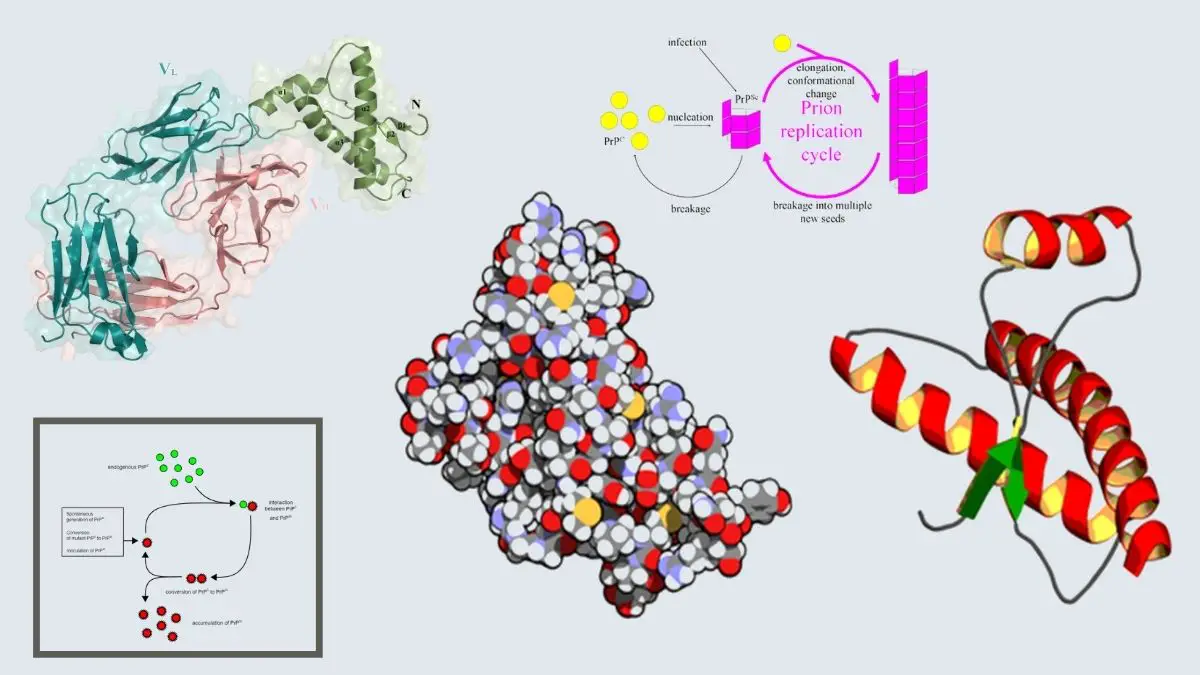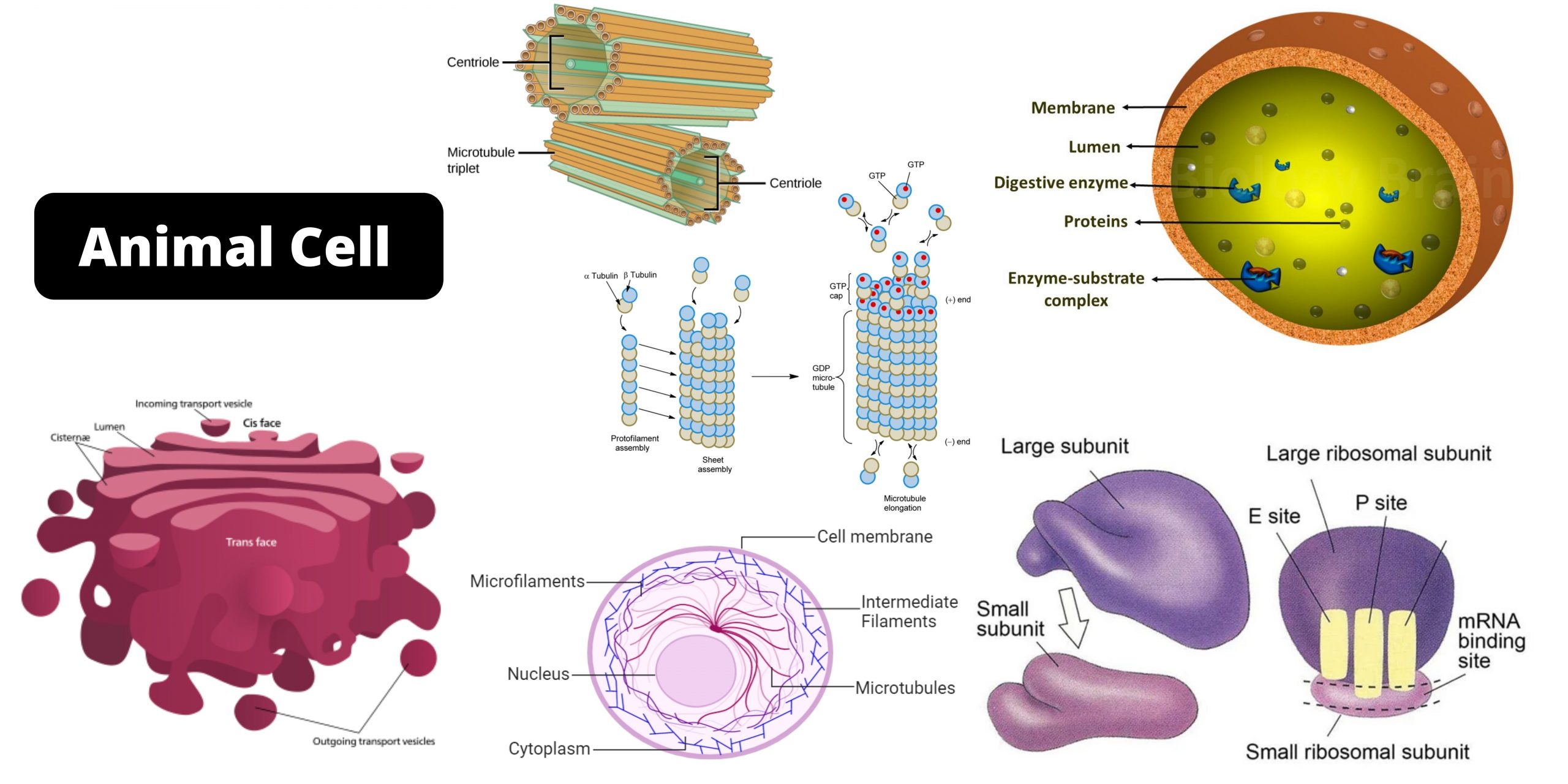Incomplete Dominance – Definition, Mechanism, Examples
What is Incomplete Dominance? Definition of Incomplete Dominance Incomplete dominance is a genetic scenario where the heterozygous phenotype is an intermediate blend of the two homozygous phenotypes, with neither allele being fully dominant or recessive. Concept of Dominance In genetics, the concept of dominance revolves around the relationship between alleles of a single gene. To … Read more
